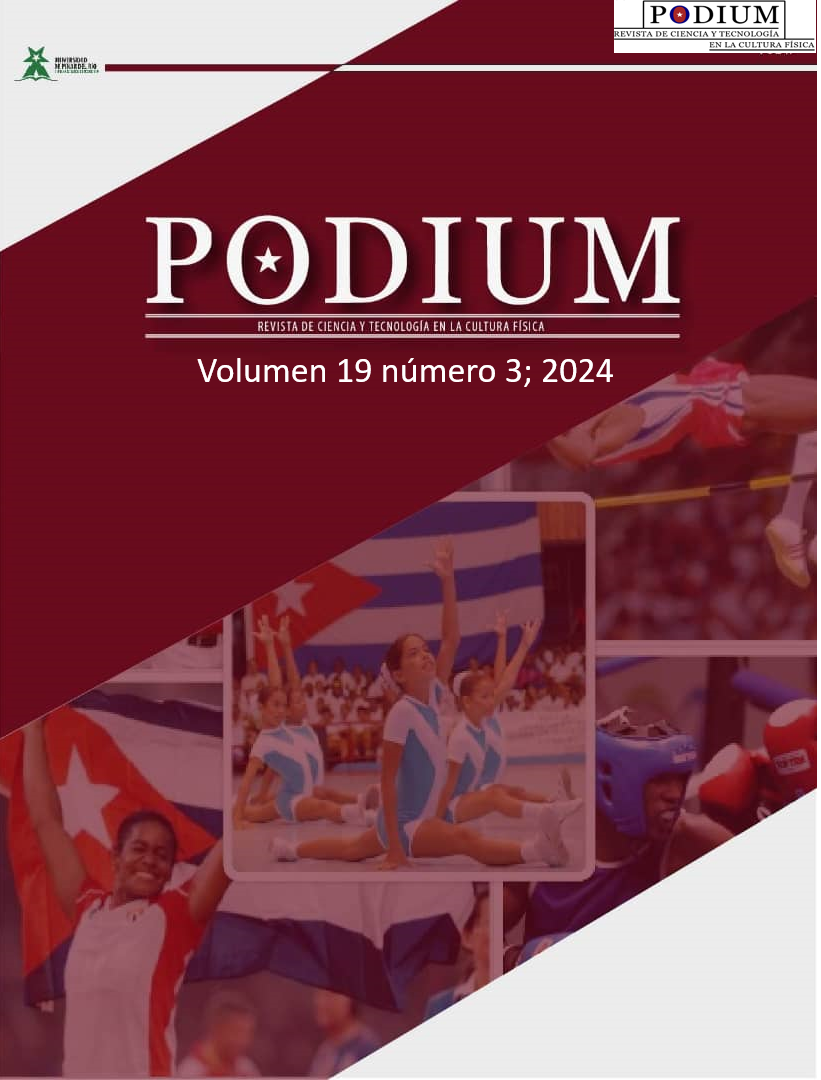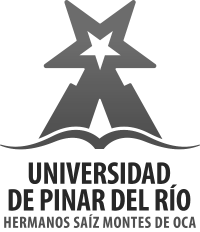Methodological Strategy for the Inclusion of Students with Obesity in Physical Education lessons
Main Article Content
Abstract
The issue of obesity is one of the most worrying topics in the world civil community and finds in Physical Education (PE) an effective tool to reduce its harmful impact on the daily and academic life of these children in schools and outside them. That is why the objective of this research is to propose a methodological strategy that is able to improve the inclusion of children with obesity in a PE class. This inclusion does not only refer to fostering in students feelings of acceptance, cooperation and tolerance towards overweight or obese children. In order to achieve this purpose, scientific observation, anthropometric measurement and interviews with parents of children with overweight and obesity problems are adopted as empirical methods. The strategy addresses as fundamental directions: 1) the acceptance and collaboration of students and teachers who attend the group 2) the development of a group of methodological actions to reduce weight gain in students through physical activity and other activities that reinforce this strategy in the psychological and interpersonal order. When the strategy is applied, the best results are in the improvement of body weight, the other indicators although they are not evaluated as deficient, it is expected that the results will be higher, everything depends on the mastery of the teacher, the cooperation of the students and the support of family and friends.
Downloads
Article Details

This work is licensed under a Creative Commons Attribution-NonCommercial 4.0 International License.
References
Alves, A. S. R., Venancio, T. L., Honorio, S. A. A., & Martins, J. M. C. (2019). Multicomponent training with different frequencies on body composition and physical fitness in obese children. Anais da Academia Brasileira de Ciências, 91(04), e20181264.
Cadenas-Sanchez, C., Migueles, J. H., Esteban-Cornejo, I., Mora-Gonzalez, J., Henriksson, P., Rodriguez-Ayllon, M., ... & Ortega, F. B. (2020). Fitness, physical activity and academic achievement in overweight/obese children. Journal of Sports Sciences, 38(7), 731-740.
Calero Morales, S., Maldonado Velasco, I. M., Fernández Lorenzo, A., Delgado-Floody, P., Latorre-Román, P., Jerez-Mayorga, D., Caamaño-Navarrete, F., & García-Pinillos, F. (2019).
Gárate, I., Godoy, S., & Montes, E. (2017). Intervención integral, deportiva e inclusiva en estudiantes con sobrepeso y obesidad infantil de colegios municipales de la comuna de Pudahuel.
Hernández Sampieri, R., & Mendoza Torres, C. P. (2018). Metodología de la Investigación. Metodología de la investigación: las rutas: cuantitativa ,cualitativa y mixta. México D.F.: McGRAW-HILL Education.
Hernández Sampieri, R., Fernández Collado, C., & Baptista Lucio, M. d. (2020). Metodología de la Investigación. Sexta Edición. D.F México: McGRAW-HILL / INTERAMERICANA EDITORES, S.A. DE C.V.
Iraheta, B. E., & Bogantes, C. Á. (2020). Análisis del sobrepeso y obesidad, niveles de actividad física y autoestima de la niñez salvadoreña. MHSalud, 17(1), 1-18.
Johnson, N. A., Sultana, R. N., Brown, W. J., Bauman, A. E., & Gill, T. (2023). La actividad física en la gestión de la obesidad en adultos: una ponencia de Exercise and Sport Science Australia. Pensar en Movimiento: Revista de Ciencias del Ejercicio y la Salud, 21(2), 12.
Monroy Antón, A., Calero Morales, S., & Fernández Concepción, R. R. (2018). Los programas de actividad física para combatir la obesidad y el sobrepeso en adolescentes. Revista Cubana de Pediatría,, 90(3), 1-9. https://doi.org/chrome-extension://efaidnbmnnnibpcajpcglclefindmkaj/http:/ /scielo.sld.cu/pdf/ped/v90n3/ped16318.pdf
Núñez-Rivas, H. P., Campos-Saborío, N., Holst-Schumacher, I., & Alfaro-Mora, F. V. (2013). Las creencias de la docente de educación física sobre la obesidad en la niñez de edad escolar. Revista Electrónica Educare, 17(2), 05-30.
Ortega, M. G., Quezada, P. Z., Ibarra, O. R., & Caraballo, G. M. (2024). La expresión corporal en la inclusión de niños con sobrepeso en las clases de educación física. 593 Digital Publisher CEIT, 9(2), 354-365.
Rebollo, D. M., Rodríguez, V. A., & López, P. G. (2021). Capítulo 19. Actividad física en edad infantil y adolescente en población con síndrome de down y obesidad. Desafíos de la investigación y la innovación educativa ante la sociedad inclusiva.
Casas, A. (2022). Ejercicio y deportes en prevención y tratamiento de la obesidad. https://www.memoria.fahce.unlp.edu.ar/libros/pm.5384/pm.5384.pdf
Rodríguez-Ávila, M. A., Pérez-Ramírez, R. M., & Amaro-Quiñones, A. J. (2019). Alternativa metodológica para disminuir la obesidad en pacientes adultos. Revista científica especializada en Ciencias de la Cultura Física y del Deporte, 16(40), 31-45.
SaludSA. (18 de mayo de 2023). Incremento de la obesidad infantil en Ecuador. blog.saludsa.com: https://blog.saludsa.com/incremento-de-la-obesidad-infantil-en-ecuador
Tolsa, K. M. (2011). Factores a considerar en la planificación de las clases de Educación Física cuando en el grupo hay niños o niñas con obesidad. EmásF: revista digital de educación física, (12), 35-45.
Trujillo, J. A., Cortes, A. R., & Guajardo, L. C. (2020). Estrategia para disminuir la prevalencia de síndrome metabólico en adolescentes con sobrepeso/obesidad. CuidArte, 6(11), 6-15.
Vilapriñó, A., Molina, C., Bustos, R. M., García, C., & Illobre, G. (2016). Educación y salud. Obesidad y sobrepeso en niños escolarizados del gran mendoza: desafíos para la promoción de la salud. La investigación universitaria sobre Educación: dilemas y prácticas, 85.


